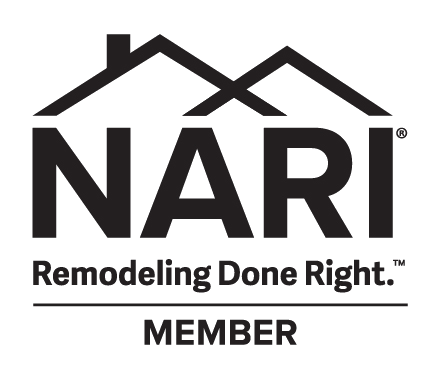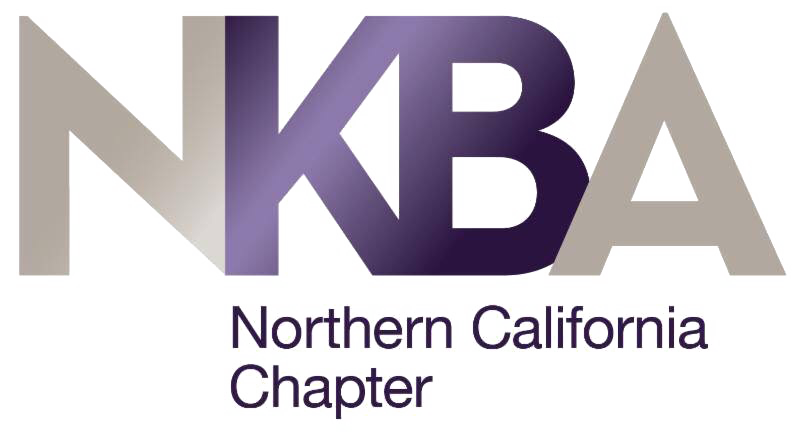5 Steps to Mitigating Supply Chain Issues During a Remodel
The pandemic has brought numerous challenges over the past two years, introducing unforeseen issues that touched all industries, including home remodeling. In 2021, the after-effects began to influence business with supply chain challenges which rose to the top as one of the most significant global issues.
Product inventory was abundant at the outset of the pandemic as people hunkered down in their homes and setup makeshift work spaces, and places for kids to learn and play. This “work and school from home” reality caused many to reimagine their needs in a home space. And, once the pandemic began to ease up and the economy rebounded, demand increased, and the initial inventory glut was quickly depleted.
Over the past year, companies have been struggling to meet consumer demand. Some cannot hire employees quickly enough to keep pace with rising production needs, leading to lower production capacity. And still, others can’t get the parts and materials needed from vendors to keep manufacturing lines moving on pace.
This often complex and interdependent process involved in producing and distributing parts and products has become a major disrupter.
Interested in a remodel? Harrell Design + Build can help!
According to the June 2021, White House article, “Why the Pandemic Has Disrupted Supply Chains,” data suggests supply chain shortages are restricting business activity in some sectors, with a record share of homebuilders reporting scarcity of crucial materials including framing lumber, wallboard, and roofing.
Early 2021 saw the onset of the supply chain impact with the pricing surge. Over the past few months, pricing has stabilized, yet acquiring materials and the availability of subcontractors and tradespeople has become the predominant challenge. A surge in demand for home remodeling has only exacerbated the supply chain and labor shortage.
To manage the current supply chain reality, which will continue into 2022 and possibly 2023, it’s essential to understand that product availability is fluid.
Harrell Design + Build Production Team Manager Gary Gray explains that the key is to avoid the pitfalls of supply chain chaos with thorough anticipatory planning.
“At Harrell Design + Build, we are approaching supply chain challenges with an even more thoughtful approach to planning and anticipating material availability,” assures Gary. “We always have preplanned to get ahead of long lead time items, but now, we also have to implement this model for ordering materials, like plumbing parts, roofing, windows and doors, and tile that we previously took for granted and which were readily available.”

Now more than ever, having “eyes wide open” when embarking on a remodel is essential. Advising homeowners to set realistic expectations and understand the risks that supply chain issues bring to an addition/remodel project is necessary for the home improvement process. Gary affirms, “Despite the best preplanning on our part, there may very well be snags and unforeseen delays due to shifting material and subcontractor availability.”
To mitigate the impact of supply chain issues, Gary recommends following these five steps:
1. Place Orders During the Design Phase
During the final design phase, pre-ordering materials and custom items can help minimize delays and lock in pricing, helping to avoid price increases.
Harrell creates a mini-contract, collects a deposit, and places material orders before the final budget is settled. Each client varies with their comfort level with this approach, as some clients’ plans are more tentative than others, says Gary. Typically, a final budget is compiled before ordering materials, but this new supply chain reality makes this once standard ordering process overly lengthy.
2. Ensure Critical Materials are In-Hand Before Job Starts
The pre-ordering process better ensures that necessary items, especially those with long lead delivery times, are received before any on-site work begins.
Gary offers this caveat: There are still instances when the backlog on fixtures and materials extends beyond the project start date, but it’s wise to get in front of this lengthy timeframe as much as possible.
Delivery for finish items, such as plumbing and light fixtures, can take six to eight weeks or more. Appliances were averaging two months but now are taking upwards of six months to be received. Doors and windows have varying lead times based on type, style, and manufacturer.
Gary shares a situation where a standard shower door was ordered six months in advance yet hadn’t arrived once the project team was ready to install it, which leads to step 3:
3. Make Multiple Material Selections
Designers should guide clients to choose two to three comparable options for fixtures and materials. This approach affords multiple paths to get to the finish line if a homeowner’s first choice is constrained.
Referencing the shower door: The item was in a container at a local port with no defined arrival date, so the client chose an equivalent enclosure, which was received and installed more quickly, allowing the completion of the bathroom remodel so the homeowner could then enjoy the space.
4. Have a Plan B
Even with detailed advanced planning, the unpredictability of the supply chain can result in unanticipated delays. A contingency plan helps mitigate the imposition of a surprise delay in the project schedule.
For example, if specialty fixtures haven’t arrived in time for the elegant design of a project, temporarily installing original or basic fixtures can make a space functional until the custom items arrive.
Gary points out that, in this remodeling environment, a new mindset is imperative. Homeowners who relax their expectations on project completion schedules are better equipped to manage through the likely delays that will arise.
He also recommends clients establish a financial cushion to deal with unexpected price increases or delays, or additional rent in cases where the client has moved out of the home. “Modest overbudgeting is always beneficial when undertaking a remodel but holds true now more than ever.”
5. Thoughtfully Scheduling Your Remodel
If the uncertainty resulting from supply chain issues is unappealing, strategically scheduling an addition or remodel should be seriously considered. Undergoing any work in your home is an exciting and stressful experience in the best of times. But if the strain of delays or an unfinalized budget causes apprehension, Gary says scheduling 6 – 12 months out is a viable and wise course of action.
Advanced planning isn’t a new concept to the Harrell Design + Build Design + Build Team, but it has taken on a renewed relevance. The Harrell Team now double and triple checks material availability in the design phase and before construction to craft a detailed and dynamic but still orchestrated plan. Capturing “just in time” pricing in the final contract for labor and materials helps mitigate unforeseen price increases.
Keeping clients informed and coming to the table with options, solutions, and strategies should an issue arise has always been a core tenet of Harrell Design + Build. In collaboration with our clients, we strive to alleviate risk and, when needed, find viable interim solutions.
If you’re considering a home remodel or addition, we invite you to schedule a complimentary discussion with one of our experienced Designers.
Or attend one of our virtual workshops to learn more about the Harrell Design + Build Design + Build experience.
As a single source from conception through construction, Harrell Design + Build provides clients with exceptional design, unmatched service, and the utmost quality. Our collaborative Design + Build process can help you embrace your aesthetic, make the most of your resources, and create quality spaces that fit the unique way that you live.
As your contractor for life, our Design + Build Team is here to help you reimagine your home inside and out.
Woman Founded and 100% Employee-Owned, Harrell Design + Build has created distinctive homes in Silicon Valley and on the mid-Peninsula since 1985.










